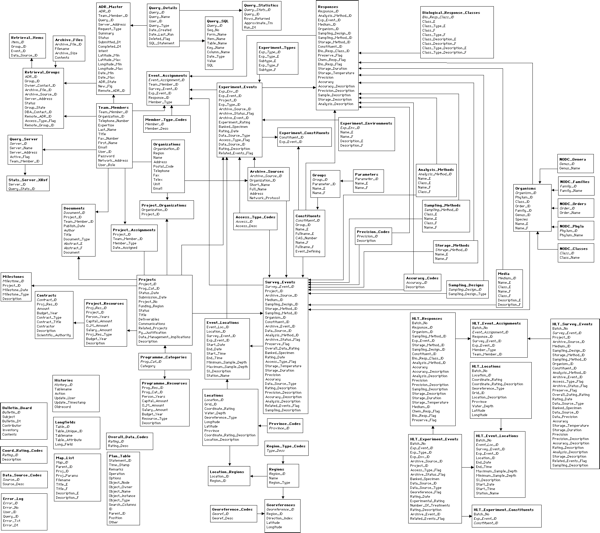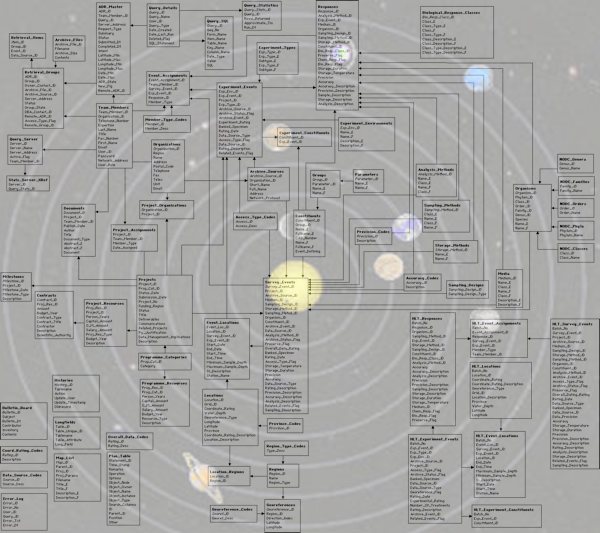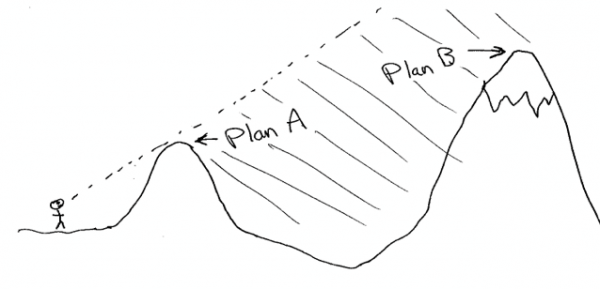This post is part of an ongoing series entitled “a post
a dayevery other day for the month of May.” It’s an unfolding exploration of the concepts from the book “Get Lucky.”
They all assume my kind will drop and die, but I’m gonna wave my freak flag high. -Jimi Hendrix
The authors of Get Lucky devote an entire section of the Preparation skill chapter to what they call “amplifying the weird.” The premise is that the biggest advances in organizations come not from incremental improvements in productivity but rather through these “wormhole” leaps where the game is fundamentally altered through a key insight. And those leaps don’t occur while in pursuit of conformity and efficiency. They bubble to the surface when you make a stew with decidedly diverse people, ideas and disciplines. They use this rationale as the argument for “going off road” and exploring one’s labors of love, the whimsical and seemingly fruitless geekish pursuits to which we gravitate naturally as kids but repress as adults.
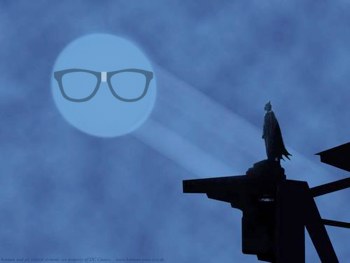 The authors acknowledge the benefit (with which I agree) of having unique insights spawn from the unlikely juxtaposition of disparate fields. I would suggest though that there’s even a more powerful benefit to publicly pursuing one’s geekish fascinations they didn’t explicitly name and it’s this: when you “let your freak flag fly” other freaks emerge from the woodwork and together you build up a “freak inertia” that propels the entire group forward with velocity that’s greater than the sum of it’s individuals. There’s a “signaling” aspect of geekish pursuits that can’t be underestimated. Meetup and Ignite have built massive followings based on this “weak nuclear force” of passionate people who will come out of the woodwork to unite around these odd niche interests. In fact this is a great Ignite talk on this very concept:
The authors acknowledge the benefit (with which I agree) of having unique insights spawn from the unlikely juxtaposition of disparate fields. I would suggest though that there’s even a more powerful benefit to publicly pursuing one’s geekish fascinations they didn’t explicitly name and it’s this: when you “let your freak flag fly” other freaks emerge from the woodwork and together you build up a “freak inertia” that propels the entire group forward with velocity that’s greater than the sum of it’s individuals. There’s a “signaling” aspect of geekish pursuits that can’t be underestimated. Meetup and Ignite have built massive followings based on this “weak nuclear force” of passionate people who will come out of the woodwork to unite around these odd niche interests. In fact this is a great Ignite talk on this very concept:
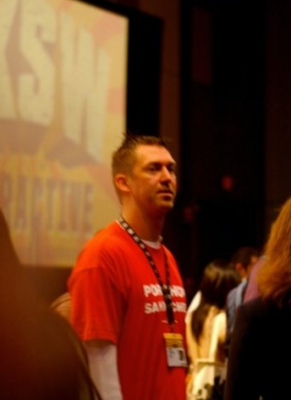 When we “let our freak (or geek) flag fly” we expose a tiny expanse of surface area that serves as a beacon and a synapse that allows others to connect with us. Here’s a quick personal story of how I experienced this first hand. This pic on the right is me a few years back at SXSW in Austin. That bright red shirt I’m wearing says “Pork Chop Sandwiches” which if you don’t know the reference relates to this. I must have gotten at least fifty nods and had conversations with maybe twenty people that day who I would have never met otherwise simply by flying that geek flag.
When we “let our freak (or geek) flag fly” we expose a tiny expanse of surface area that serves as a beacon and a synapse that allows others to connect with us. Here’s a quick personal story of how I experienced this first hand. This pic on the right is me a few years back at SXSW in Austin. That bright red shirt I’m wearing says “Pork Chop Sandwiches” which if you don’t know the reference relates to this. I must have gotten at least fifty nods and had conversations with maybe twenty people that day who I would have never met otherwise simply by flying that geek flag.
It’s almost impossible to quantify the value of this type of thing but for people like myself who aren’t particularly extroverted around strangers, what’s the value of meeting just one extra random stranger this week who shares some esoteric interest with you? Worth a $15 t-shirt? It very well could be priceless depending on the situation.
So I ask you, what odd passions do you have? What’s the “geek bat signal” you could emanate this weekend to broadcast your weird passion and draw that foreign kindred spirit into a chance conversation?
Change your tune: A Chorus of Storytellers – Falling from the Sun


